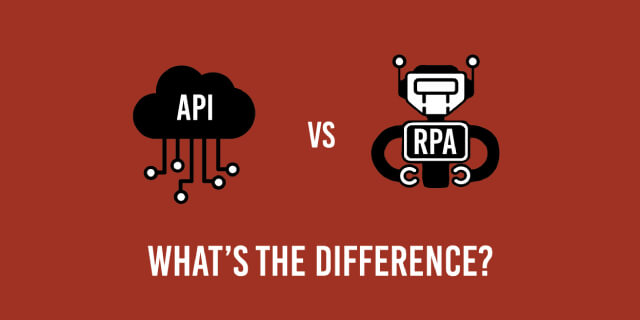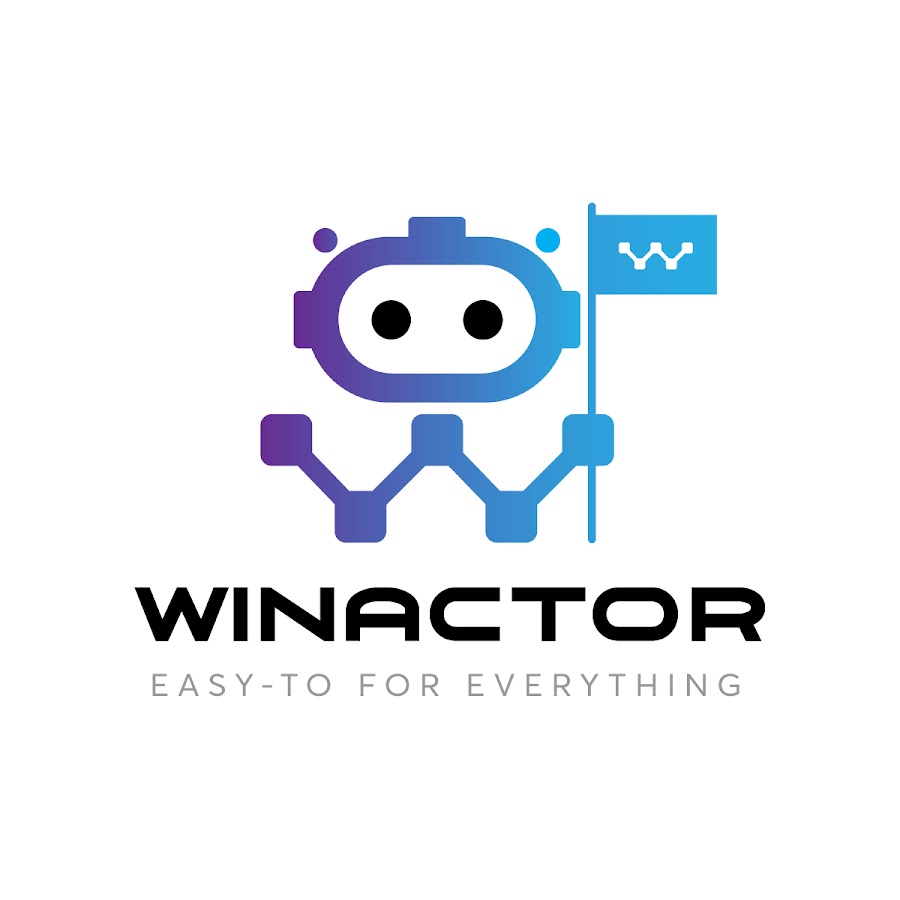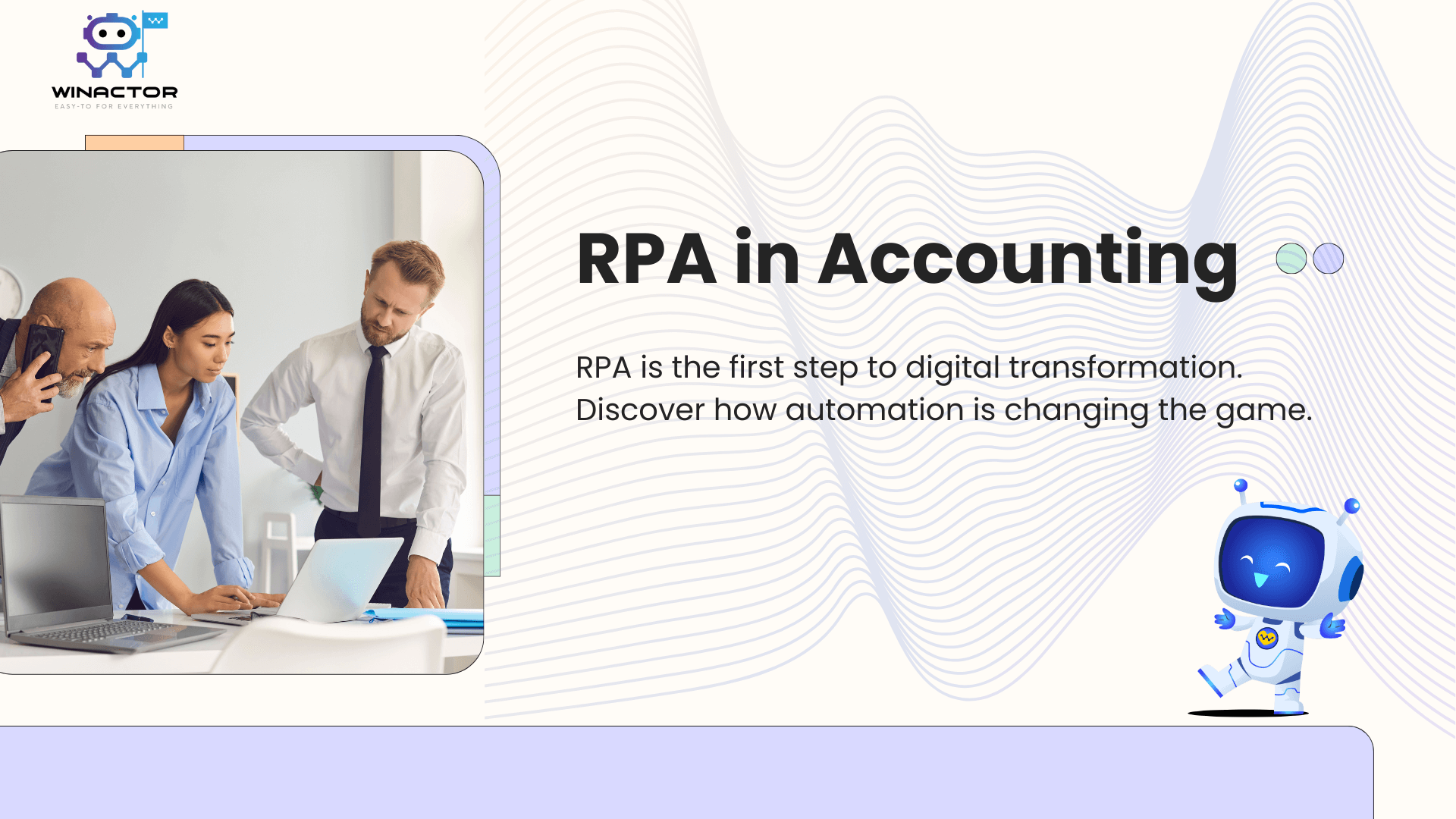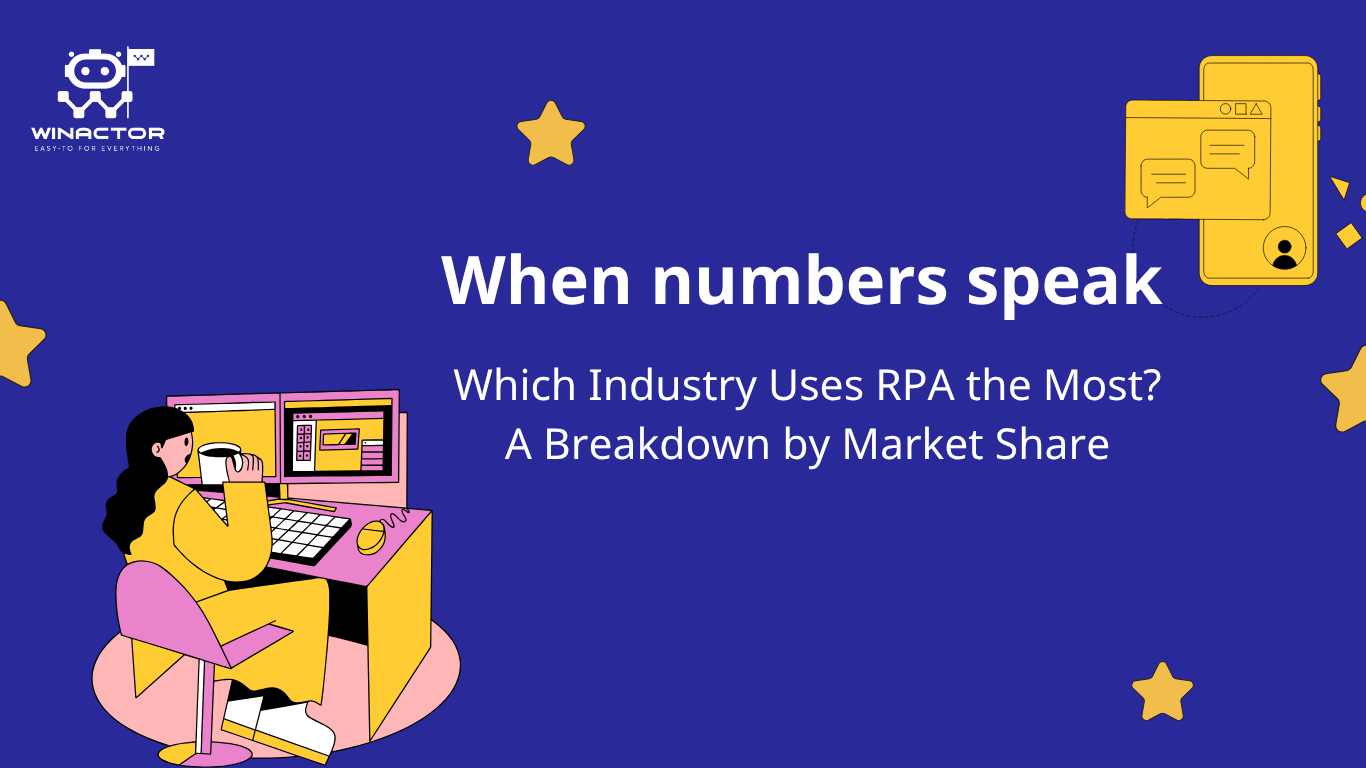As you know, RPA and API are two software technologies that bring good process automation to many businesses. Each type of technology will have its advantages and disadvantages.
Due to the current explosion of RPA and API functions, many companies find it challenging to choose technology for their processes. The following WinActor Support article will help explain the difference of RPA and API and how to best use.
What is RPA?
RPA’s full name is Robotic Process Automation. It is a software technology that allows you to perform repetitive tasks of fixed logic.
RPA includes a series of bots with different tasks and functions. In an enterprise process, many bots will often be combined to diversify jobs for software robots to operate.
The advantage of RPA is its ability to work efficiently. It has a working speed 3 times faster than humans in data entry and information processing tasks.
Besides, speed will go hand in hand with accuracy in Robotic Process Automation. Because RPA has strict compliance capabilities, it will follow the processes set by humans.
In addition, other exceptions will say no to robots that automate the process. Therefore, businesses can trust all the data that RPA gives them. It is considered a treasure of every business when they can take advantage of them to research and develop policies and strategies to change in the future.
In addition, the investment cost of Robotic Process Automation is relatively low. Businesses will save a lot of labor costs from taking advantage of RPA.. At first, the amount to implement RPA will be pretty high.
However, this number is relatively modest in the long run compared to other contemporary technologies. Because the software robot will not incur annual repair or maintenance fees.
At the same time, due to the inherent flexibility of automation robots, you can quickly adapt them to legacy operations or extend business processes.
What is API?
The full name of API is the Application Programming Interface. It is a software technology that allows users to connect to different applications and media. Currently, the API is available for:
- Web-based
- System
- Operating system
- Database system
- Computer hardware
- Software library
Advantages of APIs include:
- You can stay connected anytime, anywhere thanks to the Internet
- Two-way communication will need to be defined in transactions
- Provide development solutions as developers find new uses to communicate with APIs
- Open-source
- Simple configuration when compared to WCF
- Provide a user-friendly experience
- Full RESTful function support
- Fully supports MVC components such as routing, controller, action result, filter, model binder, IoC container, dependency injection,…

Define Technology Based On Workability of API and RPA
An application programming interface (API) is a set of systems created for one software to use certain functions in another.
For example, when you use any application on your phone, this application will connect to the Internet and send data to the server. After receiving the data, it interprets and performs the necessary actions. Eventually, they will send the data back to your phone.
With RPA, this process automation system will perform repetitive tasks in a specific sequence. This technology can retrieve data from a database and perform tasks such as automatic emailing, information collecting, etc….
Once you better understand APIs and RPAs, you will notice the difference between these two types of software engineering. The API only interacts with the target applications through the backends.
Process automation robots will interact with backend applications or through user interfaces. That proves that the software robot can perform tasks on the application, such as clicking or writing.
Which Technology Should We Prefer And When?
When businesses choose technologies for their workflow systems, the analytics team will need to identify the full range of information required for a successful digital transformation.
At the same time, the expected return on investment from technology transformation may not be transferred. To determine exactly what information is needed for the selection process, businesses will need to analyze the pros and cons of that process comprehensively.
After you have completed the process, determine the pros and cons. Businesses can start choosing the right technology. If your business tasks just stop automating actions between 2 applications, then API is the best choice.
In contrast, process automation robots are a good choice for processes involving interaction and work with many different tasks. Because RPA will have a broader working scale and functionality than API, enterprises can take advantage of the friendliness and flexibility of RPA for legacy tasks or process expansion.
Designing and developing an API system will take a lot of time and money. In contrast, implementing RPA offers more efficiency savings than API. You can easily apply RPA to your process once completed.
On the other hand, the maintenance and support costs of RPA will be lower with the API because it only works with the backend method. Almost, when RPA has come into stable operation, it will rarely have operational errors and require maintenance. The flexibility of RPA will help businesses upgrade the system at any time to meet all business needs.
If you wonder about the most reputable RPA solution provider today, NTT Group is a perfect choice. The company is known as a leader in the field of information technology. The RPA product that the enterprise is currently developing is WinActor.
Currently, WinActor has been present in many countries around the world, and they have brought businesses a lot of benefits. The most significant advantage of this technology is getting abundant virtual human resources to firms, contributing to solving the human resource shortage.
Now, error-prone jobs will be efficiently handled by bots. Employees will have the opportunity to participate in many new tasks that bring high value to the business. In the future, WinActor will undoubtedly continue to develop to become the leading technology solution in process automation.
Conclusion
Hopefully, the article will help you determine exactly when to choose RPA and API. When operations only require interaction between two applications, it is perfectly reasonable to use this technology with APIs.
As for processes that require combining many systems, RPA is a perfect choice. In addition, the cost of implementing RPA will be lower than that of an API.

WinActor is an RPA software solution by NTT DATA Corporation to help businesses master technology, create breakthroughs in the digital age 4.0.




